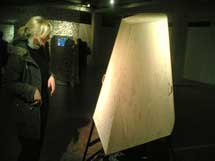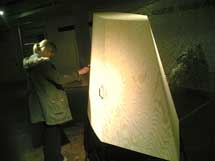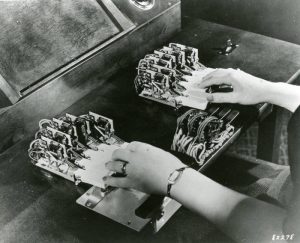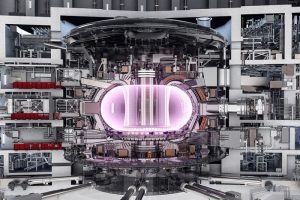Just listened to a great talk by Norman White in the Mistakology panel.
Every technology has its mistakes and accidents already built in. This insight is not new, but it is still consistently ignored in an approach to technology that demands it to be controllable and safe, functional and useful. Technical dysfunctionality is ‘repressed’ by modern society, in a Freudian sense. Functional discrepancies between people and machines are called ‘human failures’ even in cases in which the technology is making impossible demands on its human user. Machines and their mistakes are thus an inexhaustible source of humour and parody.


White presented himself as an “expert in doing things the wrong way.”
He identified three kinds of mistakes:
– the mistakes of the moment (set watch at the wrong time, forget cigarettes at the bar, etc.) Such mistakes happen in a random way.
– Mistakes of tentative action. We know we’re going to make a mistake but we act anyway and continuously try to adjust our technique untill we’ve got it more or less right. The Helpless Robot (a robot that gives you orders on how to move its and sometimes contradicts itself and gets angry even when you do things right, see images above) is an example of such mistake, it’s not perfect, it’s a never ending project, it still doesn’t work the way the artist would like it to.
– mistakes of the era/age. Mistakes are quite often verified by our own peers. People do not always seem to recognise their own mistakedness.
Several examples of mistakes:
– confusing utility with function and not seeing the dysfunctionality of too much functions.
– we believe that we express ourselves better by maximising our control. But there’s bound to be mistakes and diversion from what we expect. However mistakes helps you to transcend the original idea. Therefore a certain loss of control can be very helpful. People should learn to love these lacks of control.
– we forget that the limits of technology can be harnessed. Artists work with the limitations of technology and express themselves better when they are improvising around the technique. People throw slower and simpler system in the garbage (thinking that getting the latest update of the gadget is the right thing to do), White loves to bring the simpler systems back in use.
– 4th mistake: we tend to forget that behaviour is as important as appearance. Norman White drew a parallel between the Commedia dell’ Arte and computers: 5 to 6 characters know to the audience have precise behaving moods (the priest, Arlequino, Pulcinella, etc.) BUT the emergence of the play comes from the improvisation between the actors. This mirrors the way computers work. Incidently the Helpless Robot works best if you do as it says but only once or twice diverge from its orders (instead of just spinning it for example).

White then showed short videoclips of his works:
– First Tighten up on the Drums, Facing Out Laying Low, Splish Splash 2 (image above), etc.
The talk ended up with this great statement “a fondamental mistake is to believe that a leading edge idea requires a leading edge technology.” You can make cutting edge project with old tech.
More about Norman White.







